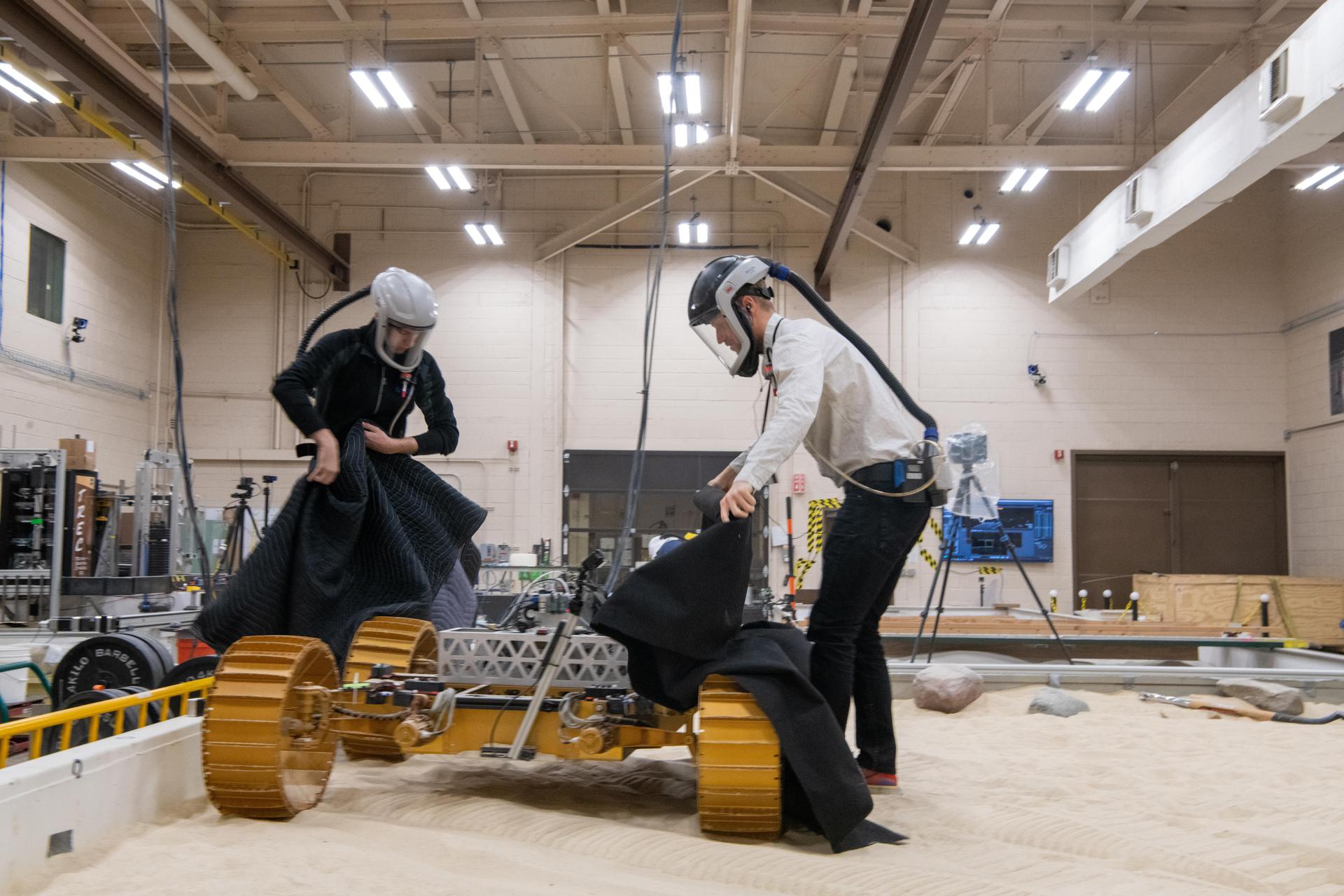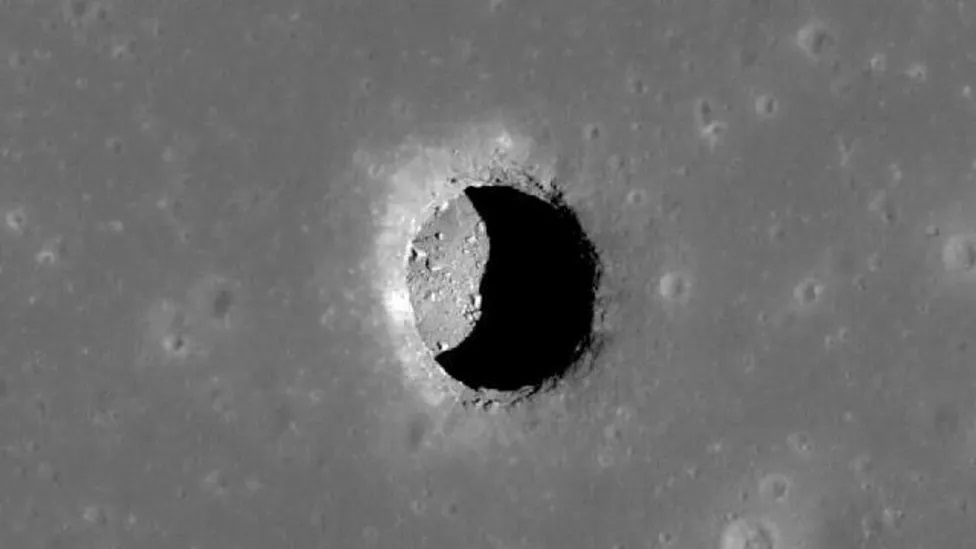A long thin asteroid in the shape of a slowly rotating U-boat submarine has captured the imagination of the world’s scientific community after it passed close to Earth. Importantly the asteroid was not from the outer reaches of the solar system as most are, but rather came from interstellar space. Its ship-like shape which would be ideal to “cut through” space dust and the interstellar atmosphere has led some at the Search for Extra Terrestrial Life Institute (SETI) to suggest that the 400m long object might be a spaceship from another world. As such, the rocket has even been scanned for electronic emissions and instrumentation.
Others think that it may just be a shard of rock that has broken away from another interstellar asteroid which scientists now may have an icy interior protected by an outer crust. Since the object was spotted in October, Professor Alan Fitzsimmons and Dr Michele Bannister from the School of Mathematics and Physics at Queen’s University have led an international team of astronomers to piece together a profile of the strange visitor, which has been named “Oumuamua”. The team was made up of researchers from elsewhere in the UK, the US, Canada, Taiwan and Chile and in total seven researchers from Queen’s were involved.

Artist’s impression of the Oumuamua interstellar asteroid. Courtesy: ESO/M. Kornmesser
Professor Alan Fitzsimmons headed up a team which measured the way that Oumuamua, reflects sunlight, and found it similar to icy objects covered with a dry crust. This is because Oumuamua has been exposed to cosmic rays for millions, or even billions, of years, creating an insulating organic-rich layer on its surface.
The research, which has been published this week in Nature Astronomy, suggests that Oumuamua’s dry crust could have protected its icy interior from being vaporised – even though the object was just 23 million miles from our sun in September when it zipped past.
Professor Alan Fitzsimmons commented: “We have discovered that the surface of Oumuamua is similar to small solar system bodies that are covered in carbon-rich ices, whose structure is modified by exposure to cosmic rays.
“We have also found that a half-metre thick coating of organic-rich material could have protected a water-ice-rich comet-like interior from vaporizing when the object was heated by the sun, even though it was heated to over 300 degrees centigrade.”









